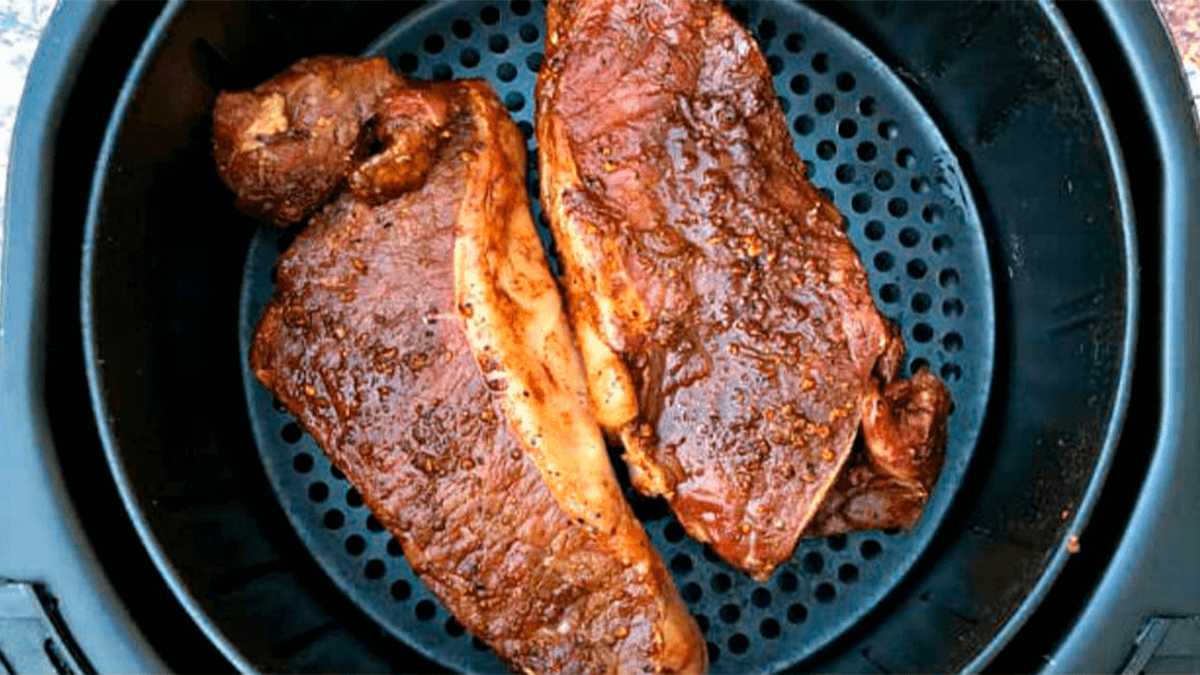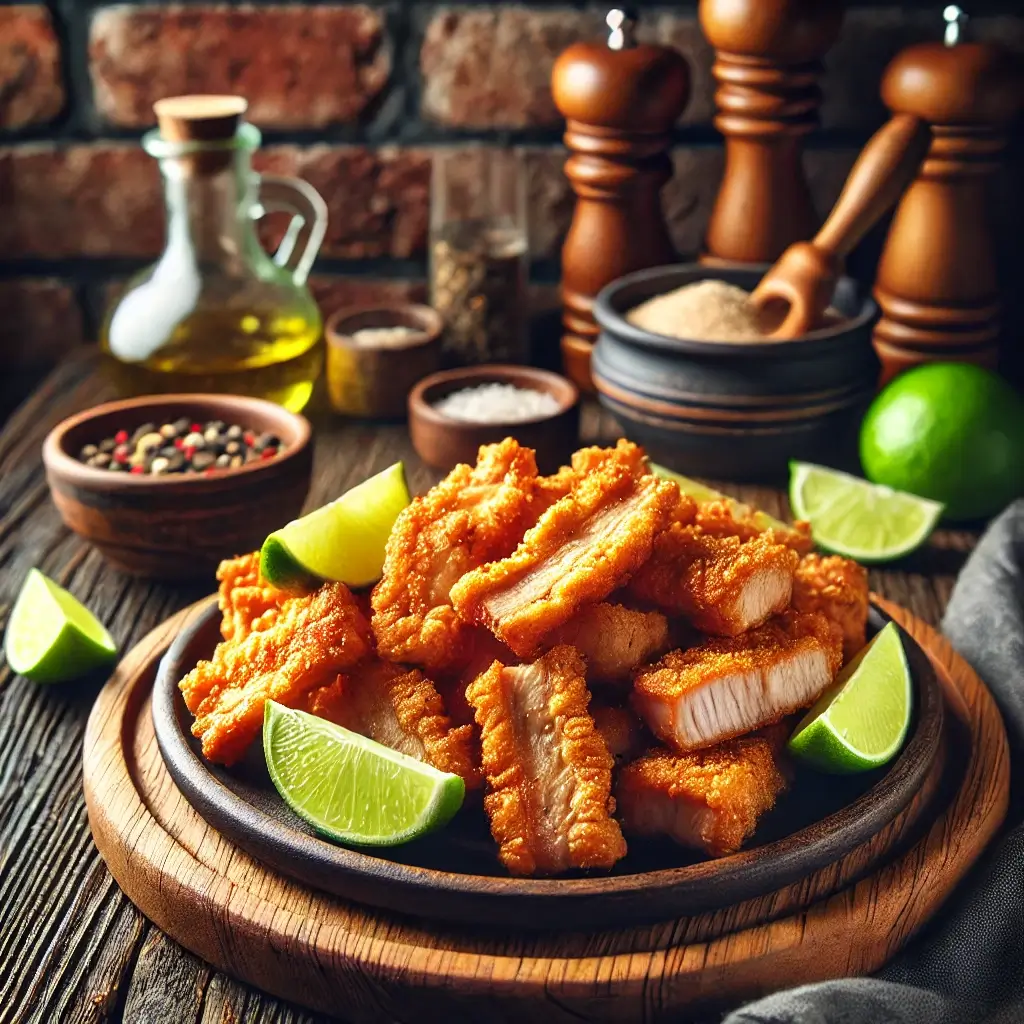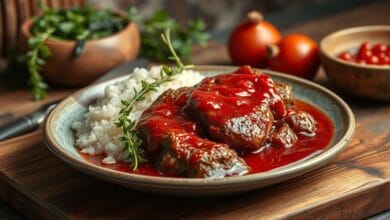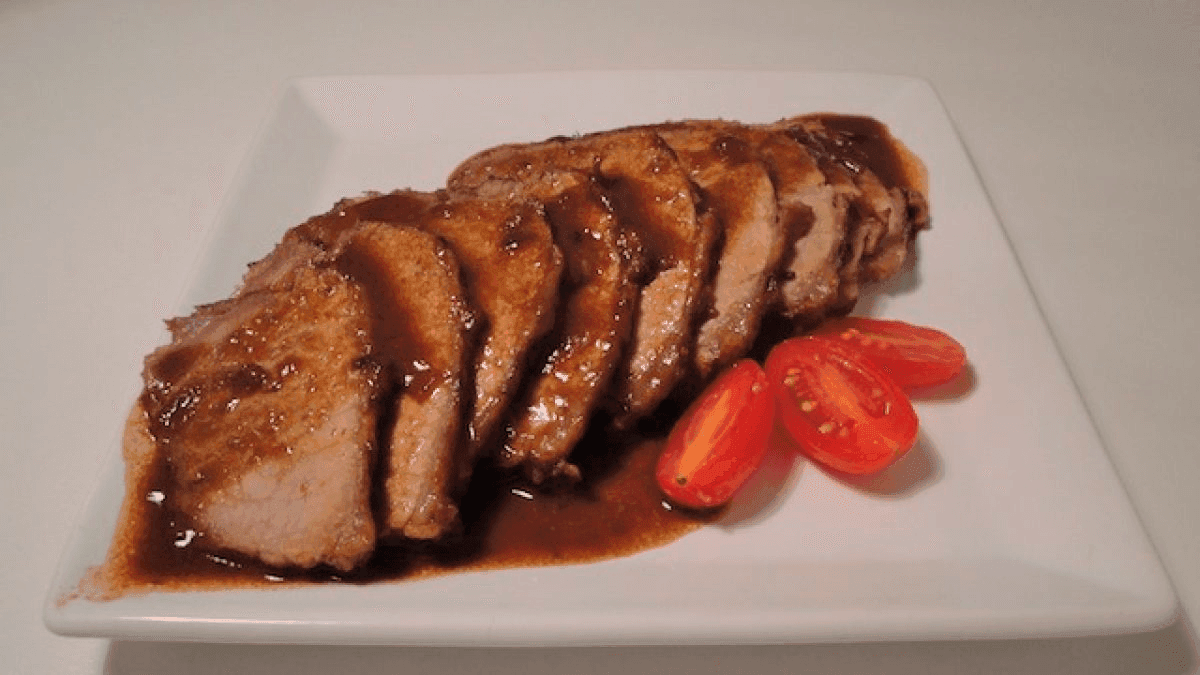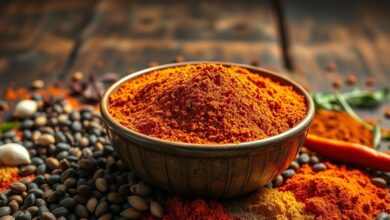Coarse Salt or Parrilla Salt? Discover the Difference and Which is Best for Your Barbecue
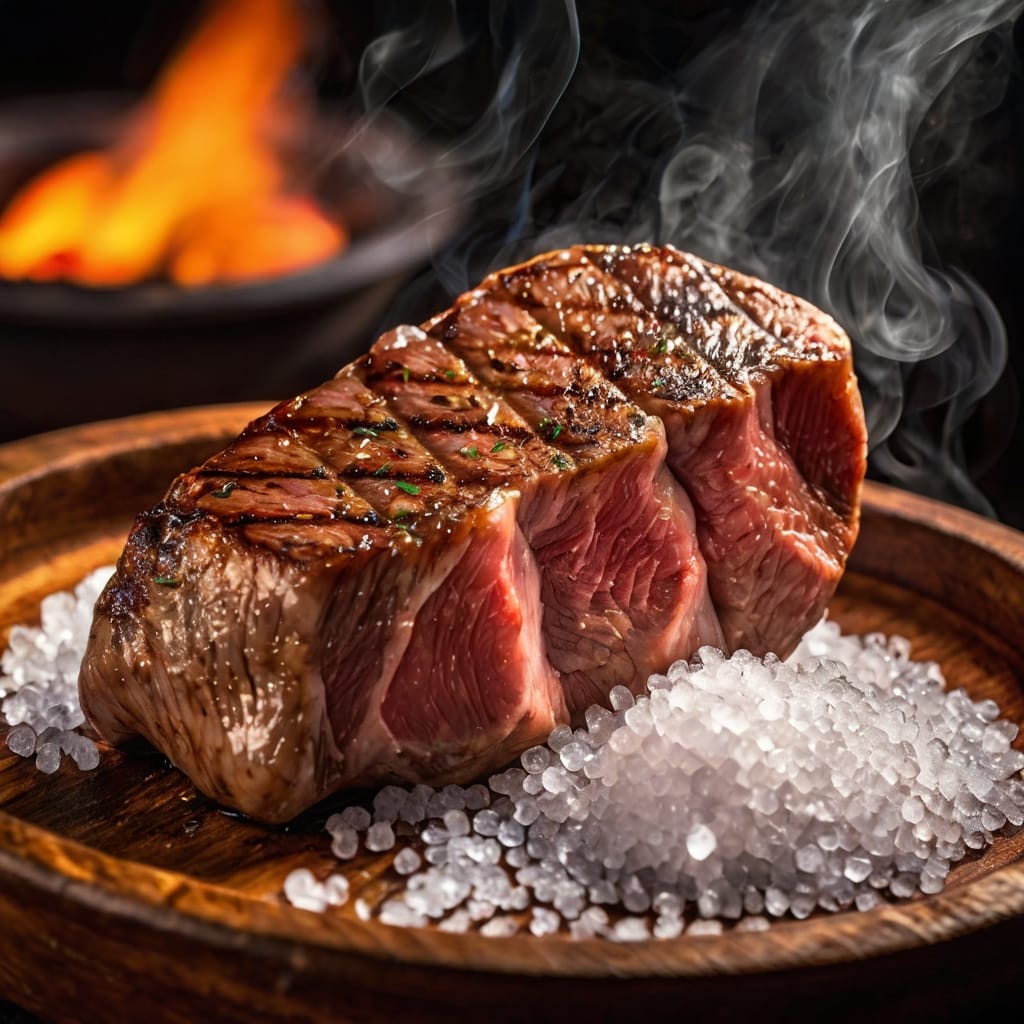
Have you ever been unsure about which salt to use for barbecue: coarse salt or parrilla salt? This choice may seem simple, but it makes all the difference in the flavor and juiciness of the meat. The right salt enhances the seasoning, helps with the crispiness of the meat, and ensures the perfect taste. In this article, we will compare the two and help you decide which to use for your next barbecue!
What is Coarse Salt and Why is it So Commonly Used?
O coarse salt is made up of large crystals that create a thick crust when applied to the meat. It helps retain juices during cooking, leaving the meat juicy and full of flavor. Very popular in Brazilian barbecues, it’s easy to find and inexpensive, making it the favorite of many grill masters.
Tips for using coarse salt:
- Apply coarse salt over the meat before placing it on the grill.
- Remove excess salt after cooking to avoid overly salty meat.
- Works best on thicker cuts and fatty meats, like picanha and ribs.
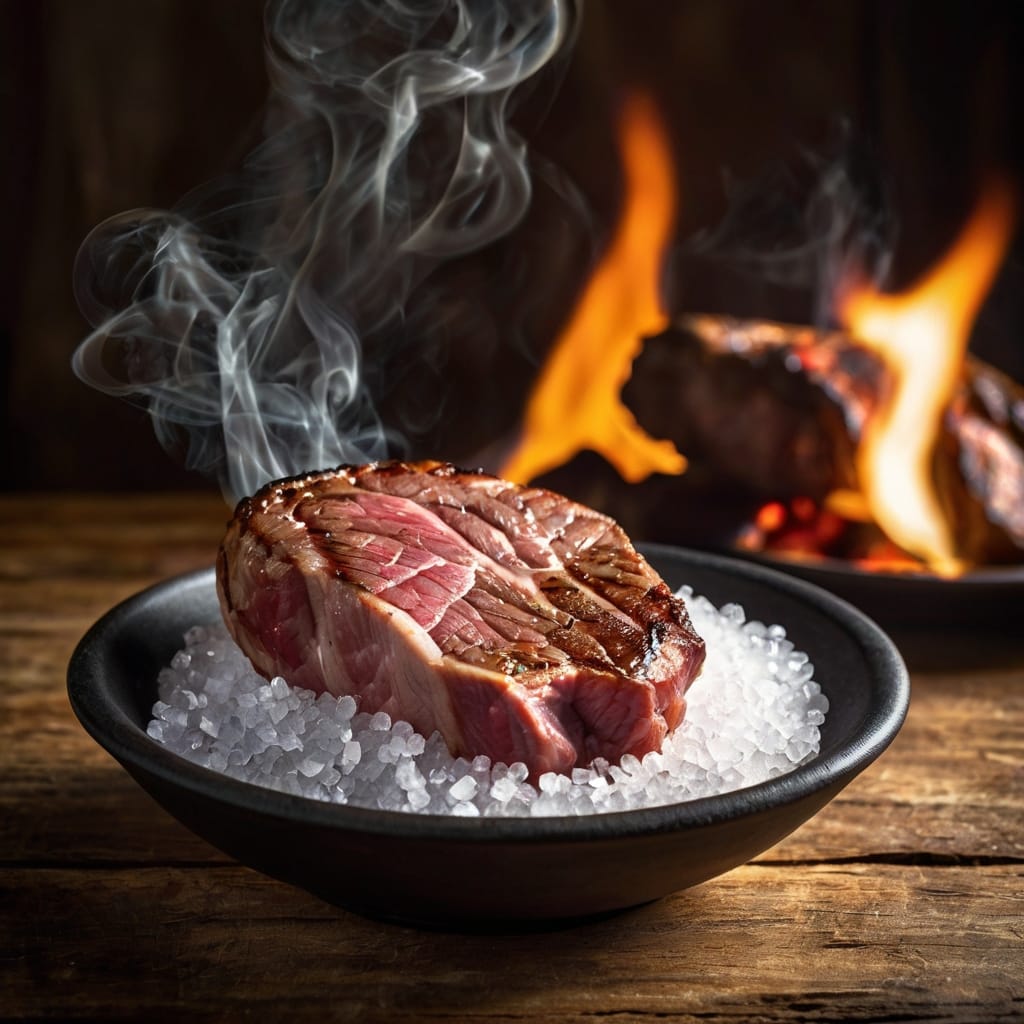
And What About Parrilla Salt? Advantages and Uses
O parrilla salt is a finer salt but with larger crystals than refined salt. It dissolves more quickly into the meat, providing a more even and balanced seasoning. This salt is ideal for those who prefer a subtle and well-distributed flavor, without the thick crust of coarse salt.
Tips for using parrilla salt:
- Spread evenly over the meat, especially on thinner cuts, such as maminha or flank steak.
- Ideal for those who want greater control over the amount of salt, ensuring a light and balanced seasoning.
- Works very well on white meats like chicken and pork, or thin cuts.
Coarse Salt or Parrilla Salt? When to Use Each
The choice between coarse salt and parrilla salt depends on the barbecue style you want to prepare. If you seek that bold and juicy flavor with a crispy crust, coarse salt is the best option. It’s perfect for thicker and fatty cuts.
Parrilla salt, on the other hand, is ideal for those who prefer a more subtle and balanced seasoning, especially on thinner meats or with skin, such as chicken and pork. Its finer granulation allows greater control when seasoning.
Quick Comparison:
| Type of Salt | Advantages | Best For |
|---|---|---|
| Coarse Salt | Retains juiciness, crispy crust | Thick cuts, fatty meats |
| Parrilla Salt | Dissolves evenly, balanced seasoning | Medium and thin cuts, white meats |
Tips to Enhance the Flavor of Your Barbecue
- Apply salt at the right time: For thick cuts, salt a few minutes before placing on the grill. For thin cuts, let the salt act a little longer to better season the meat.
- Avoid excess salt: With parrilla salt, less is more. Adjust according to your taste.
- Try layers of flavor: Combine parrilla salt with fresh herbs or minced garlic for a more aromatic barbecue.
Conclusion: Which Salt to Choose for Your Barbecue?
In the end, the choice between coarse salt or parrilla salt will depend on the type of barbecue you want. Both have their advantages and are excellent; just test and see which pleases your palate more. The important thing is to ensure a tasty barbecue full of enjoyable moments.
So, which salt will you use at your next barbecue? Try both and share your experience!
